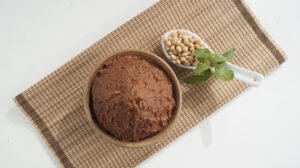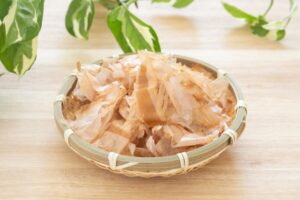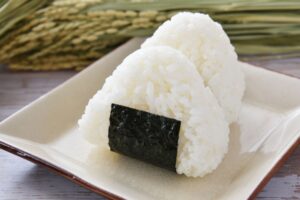Article Body
Introduction
Traditional Ingredients Supporting Japanese Cuisine
Japanese cuisine is a treasure trove of ingredients that reflect the culture and climate of each region. Many of these traditional ingredients have been passed down for hundreds of years and continue to play an essential role on Japan’s dining tables today. Understanding these ingredients and how they are used in cooking is crucial for grasping the fundamental flavors of Japanese food. In this article, we will introduce traditional Japanese ingredients and their value, exploring how they breathe life into Japanese dishes.
1. Miso

An Essential Fermented Food in Japanese Cuisine
Miso is a traditional fermented food made primarily from soybeans. This deeply flavorful paste, created through the fermentation of soybeans, is a staple in Japanese cuisine, used in everything from miso soup to simmered dishes and dressings. There are several types of miso, including red miso, white miso, and mixed miso, each with its own distinct taste. As a fermented food, miso is not only rich in flavor but also beneficial for health, making it a key ingredient in Japanese cooking.
2. Soy Sauce

A Fundamental Condiment in Japanese Cooking
Soy sauce is one of the most widely used condiments in Japanese cuisine. Made by fermenting soybeans and wheat, soy sauce offers a deep umami flavor and saltiness that is essential in many Japanese dishes. There are various types of soy sauce, such as dark soy sauce, light soy sauce, and tamari, each suited to different kinds of cooking. Soy sauce enhances the flavors of sashimi, sushi, simmered dishes, and much more, bringing out the essence of the ingredients.
3. Dashi

The Base Umami Flavor in Japanese Cuisine
Dashi, often referred to as the “taste base” of Japanese cooking, is an essential stock made from ingredients such as kelp (kombu) and bonito flakes (katsuobushi). Dashi imparts a deep umami flavor to dishes like soups, stews, and scrambled eggs. The method of preparing dashi, as well as the type of ingredients used, can significantly influence the taste, allowing for a range of flavors that enhance the ingredients’ natural taste. It is a key element in Japanese cuisine, elevating the overall dining experience.
4. Rice

The Heart of the Japanese Table
Rice is the staple food of Japan and plays a central role in Japanese cuisine. Japanese rice, with its distinct sticky texture, is cultivated in various regions, each with its unique varieties such as Koshihikari, Akitakomachi, and Hitomebore. Rice is enjoyed in many forms, including as plain steamed rice, onigiri (rice balls), sushi, or okayu (rice porridge). The careful cultivation and reverence for rice in Japanese culture also elevate its significance as a traditional food ingredient.
5. Seafood

Fresh and Abundant Blessings from the Sea
Japan, being an island nation, is surrounded by bountiful seas, providing a rich variety of seafood. Fish like salmon, mackerel, eel, sea bream, and skipjack tuna play vital roles in Japanese cuisine. Fresh seafood is used in a variety of dishes, including sushi, sashimi, simmered dishes, and tempura. The simplicity of preparing seafood, often with minimal seasoning, highlights the freshness and quality of the ingredients, a hallmark of Japanese cooking.
6. Vegetables

A Diverse Range of Seasonal Japanese Vegetables
Japanese cuisine also makes extensive use of vegetables, including daikon (radish), carrots, eggplant, and spinach. These vegetables are integral to many Japanese dishes such as miso soup, simmered dishes, and salads. What makes Japanese vegetables particularly unique is their seasonal nature, with the ingredients changing throughout the year to reflect the seasons. Using seasonal vegetables allows one to experience the essence of each time of year through Japanese cuisine.
Conclusion
The Significance of Traditional Ingredients in Japanese Cooking
Traditional Japanese ingredients reflect the country’s culture, climate, and history. Each ingredient plays an essential role in shaping the flavors of Japanese dishes, and learning how to use them is key to understanding Japanese food. By joining a cooking class, you can deepen your appreciation of these ingredients and discover the richness of Japanese culinary traditions. Learning how to select and prepare these ingredients is the first step in experiencing the true essence of Japanese cuisine.
